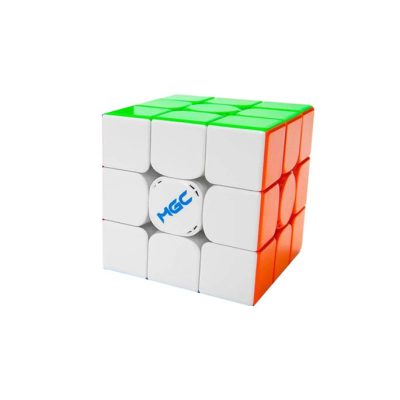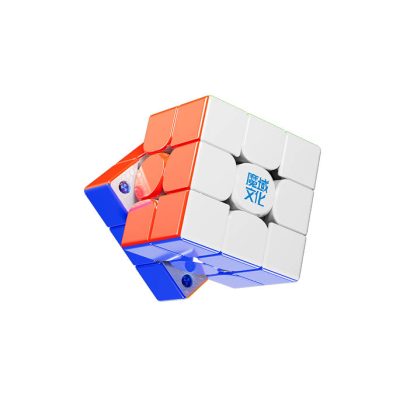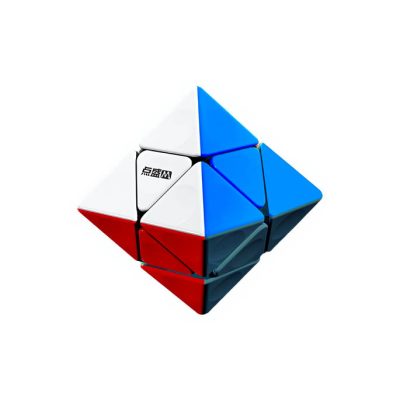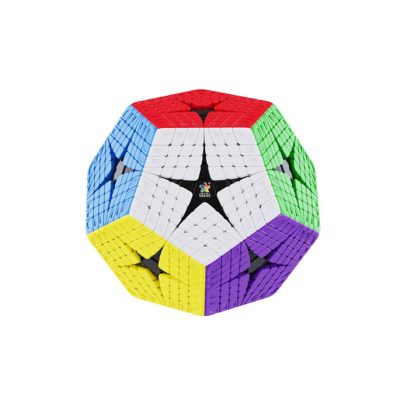-
 Dave Vinke
Dave Vinke
- Leestijd: 5 min
- Laatst geüpdatet: 29/08/2025
The latest innovations in model building materials include carbon fiber composites for extra strength, 3D-printable resins for complex components, sustainable bio-plastics, and smart materials with LED integration. These developments give you more possibilities for detail, durability and functionality in your model building projects. From thermochromatic paints to magnetic connection systems – modern materials make model building more accessible and versatile than ever before.
Which new materials are transforming the model building world?
Carbon fiber composites, smart plastics, bio-based resins and advanced metal alloys are revolutionizing model building through their unique properties. These materials offer you better strength, more detail and new functionalities that traditional materials simply can’t match.
Carbon fiber composites have become particularly popular because they’re extremely lightweight yet much stronger than traditional plastics. You can create thin, detailed components that won’t break under pressure. This material is perfect for aircraft models where weight matters.
Smart plastics respond to temperature or light and change shape or color. Imagine your aircraft model automatically adjusting its wings or your car changing color in the sun. These materials enable interactive models that respond to their environment.
Bio-based resins are made from plant materials instead of petroleum. They’re just as strong as traditional resins but much more environmentally friendly. You get the same quality without the environmental impact.
Advanced metal alloys like titanium-aluminum blends give you the ability to create ultra-realistic details. These materials are lighter than steel but maintain their shape perfectly, ideal for moving parts in complex models.
How has 3D printing changed model building forever?
3D printing technology enables you to design and print complex components that were impossible with traditional methods. You can test prototypes, add personalized elements and even print complete models using different materials and techniques.
The biggest advantage is that you can now create parts that fit together perfectly. No more hassle with filing and sanding to make pieces fit. You design it digitally, print it out, and it fits exactly as intended.
Prototyping has become much faster. Previously, you had to wait weeks for parts or make them manually. Now you print a prototype in a few hours, test it, adjust it and print again. This iteration process is much quicker.
Customization is a major benefit. You can add your own nameplate, logo or unique details to any model. Even small modifications to existing designs are simple to make by editing the digital file.
Multi-material printing lets you combine different materials in one print. You can print hard and soft parts, transparent and opaque sections, or even moving hinges all at once. This opens up possibilities that were unachievable with traditional methods.
Why are more and more model builders choosing sustainable materials?
Environmental awareness and better performance are driving the growing trend toward sustainable model building materials. Recyclable plastics, plant-based resins, FSC-certified wood and biodegradable options offer the same quality as traditional materials without the negative environmental impact.
Recyclable plastics like PET and HDPE are now available in model-building quality. These materials are just as strong and workable as new plastics, but they come from recycled bottles and containers. You contribute to a circular economy without compromising on quality.
Plant-based resins, made from soy or corn, replace petroleum-based alternatives. They smell less strong during work and are safer for home use. The final strength and finish are comparable to traditional resins.
FSC-certified wood comes from sustainably managed forests. For wooden models like ships or aircraft, you get the natural appearance of wood with the assurance that it’s responsibly produced. The wood is often of better quality because sustainable forestry creates better growing conditions.
Biodegradable materials are handy for temporary projects or prototypes. After use, you can compost them instead of throwing them away. This is especially useful for educational projects or experimental designs.
What are the benefits of smart and interactive model building materials?
Smart materials with built-in functionalities make your models more interactive and realistic. LED-integrated elements, thermochromatic paint, magnetic connection systems and materials that respond to environmental factors add new dimensions to traditional model building.
LED-integrated materials have lights built into the material itself. You don’t need to install separate wiring – the light is already incorporated into the plastic or resin. This makes it much easier to add realistic lighting to buildings, vehicles or dioramas.
Thermochromatic paint changes color at different temperatures. Your car can change from blue to red when you put it in the sun, or your aircraft can change color during ‘flight’. This adds a playful element that particularly fascinates children.
Magnetic connection systems replace glue and screws for certain applications. Parts automatically click into place and can easily be detached again for maintenance or modifications. This is handy for models you want to take apart regularly.
Shape memory materials can return to their original form after deformation. You can create moving parts that automatically spring back, like landing gear that retracts or doors that close by themselves. These materials respond to heat or electricity.
Where can you find the latest model building innovations and how do you get started?
Specialized online stores, maker spaces and online communities are the best places to discover new model building materials. Start small with experimentation, choose reliable suppliers and gradually build your experience with innovative techniques.
Online communities like forums and YouTube channels often share the latest developments before they become mainstream. Follow experienced model builders who experiment with new materials and techniques. They share their experiences, including what works and what doesn’t.
Local maker spaces often have access to advanced equipment like 3D printers and laser cutters. You can experiment with new materials without major investments. Plus, you can learn from other makers who already have experience.
Start with small experiments before tackling large projects. Buy a small piece of new material to test how it behaves. Test how it cuts, paints and glues before using it in an important project.
With us, you’ll find a carefully selected range of model building materials, including some of the latest innovations. We test new products ourselves before adding them to our range, so you know they deliver quality. Thanks to our discount structure, you can try different materials without exceeding your budget. We regularly add new innovative materials to our range, so you always have access to the latest developments in model building.
Frequently Asked Questions
How expensive are these new model building materials compared to traditional options?
Most innovative materials are 20-50% more expensive than traditional alternatives, but often offer better performance and durability. Carbon fiber and smart plastics are the most expensive, while bio-plastics and recyclable materials are often similarly priced. Start with small quantities to experiment before making large investments.
Can I use these new materials with my existing tools and techniques?
Most new materials are compatible with standard model building tools, but some require specific adjustments. Carbon fiber, for example, needs special cutting tools, while bio-resins often work with the same techniques as traditional resins. Always check the processing instructions for each material.
Where can I learn how to work with smart plastics and thermochromatic materials?
YouTube tutorials, online model building forums and maker spaces are excellent learning resources. Many suppliers also provide technical datasheets and processing guidelines. Start with simple projects to understand the behavior of these materials before using them in complex models.
Are sustainable model building materials as strong as traditional options?
Yes, modern sustainable materials like bio-resins and recyclable plastics offer comparable or even better strength than traditional alternatives. FSC-certified wood is often of higher quality due to better growing conditions. Performance is equivalent, but you contribute to a better environment.
What are the most common mistakes when working with 3D printing materials for model building?
Common mistakes include incorrect print settings, insufficient support for complex shapes, and not accounting for shrinkage after printing. Always test small parts first, calibrate your printer regularly, and let prints cool completely before removing them from the printer to prevent warping.
How do I store innovative materials like LED-integrated elements and smart plastics?
Store these materials in a dry, cool place away from direct sunlight. LED materials should be protected from moisture and extreme temperatures. Smart plastics that respond to heat are best stored below room temperature. Use airtight containers for resins and regularly check expiration dates.
Can I combine different new materials in one project without problems?
Yes, but always test compatibility first on small pieces. Some adhesives don't work well between different material types, and different expansion coefficients can cause problems. Magnetic connection systems are often a good solution for combining different materials without permanent connections.
Table of contents
Much viewed
More blogs
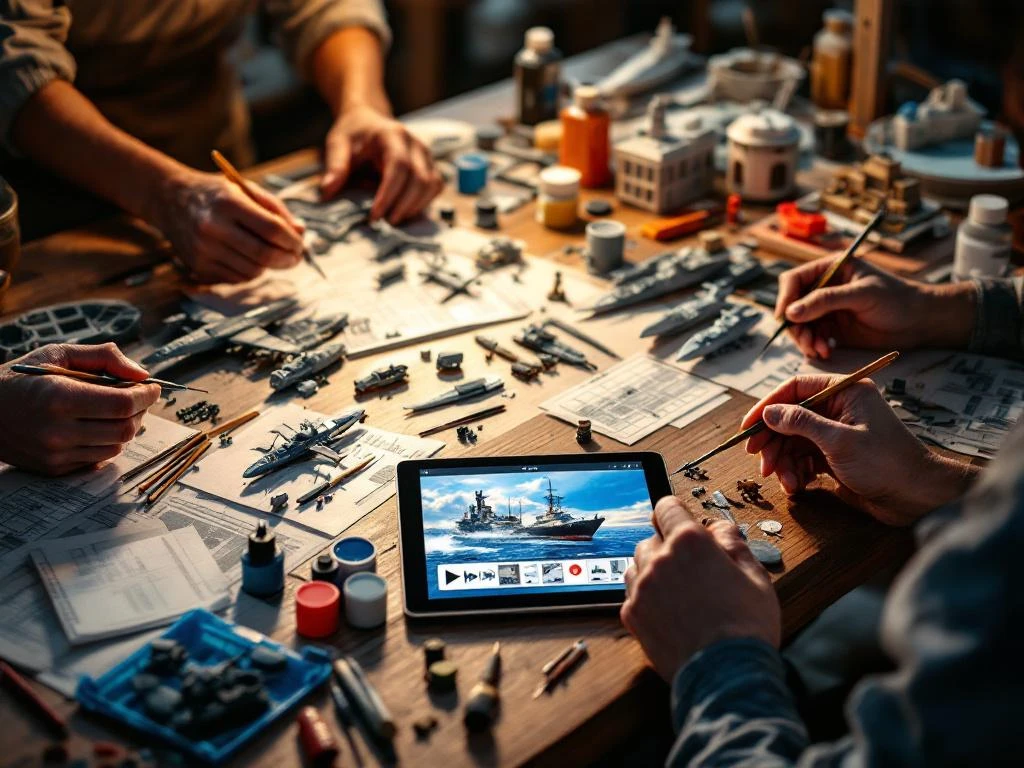
Which video tutorials are essential for model building?
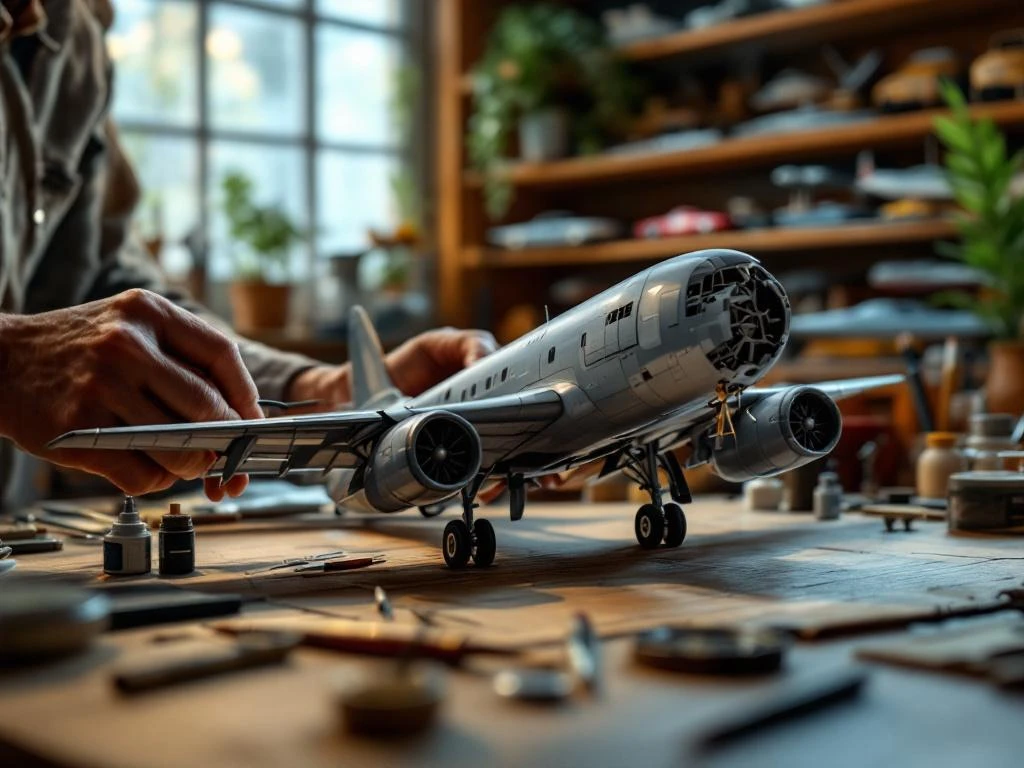
How do you share model building knowledge with others?
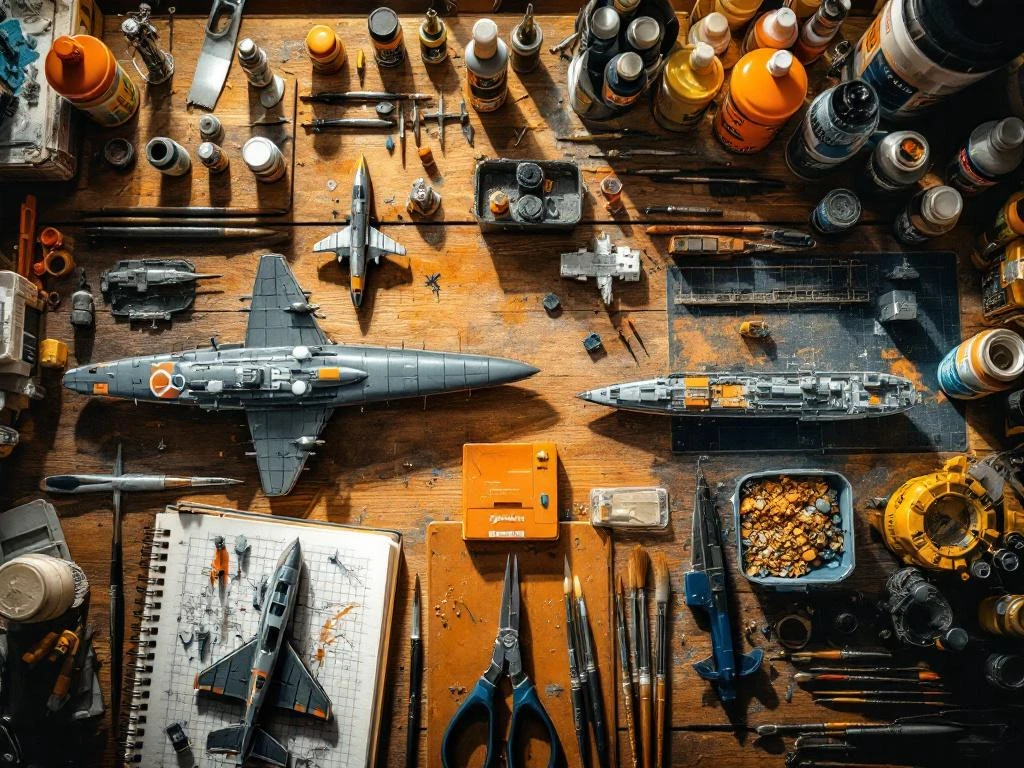
Which model building communities are active in the Netherlands?

